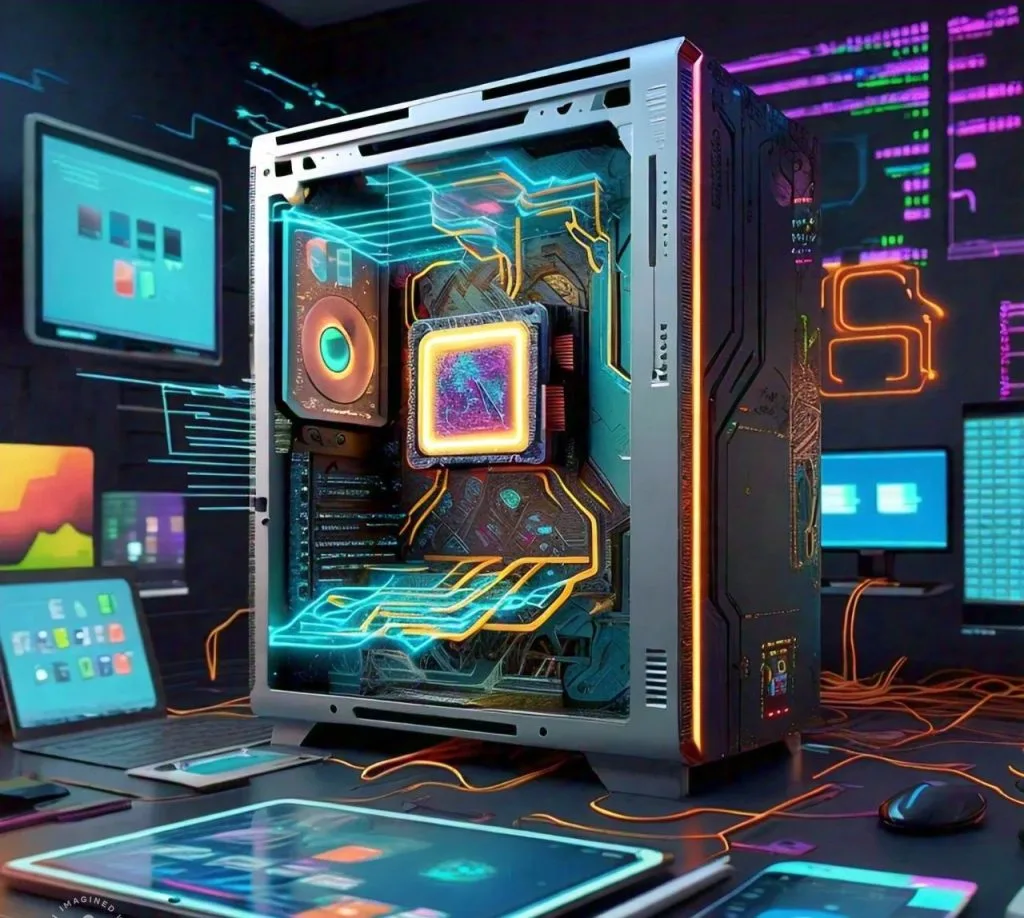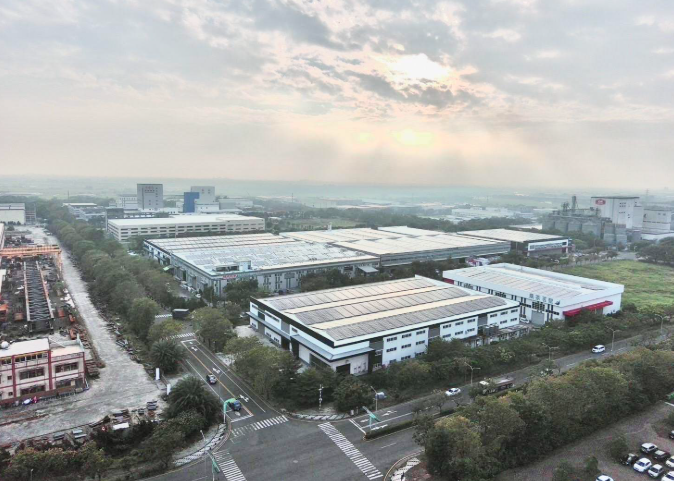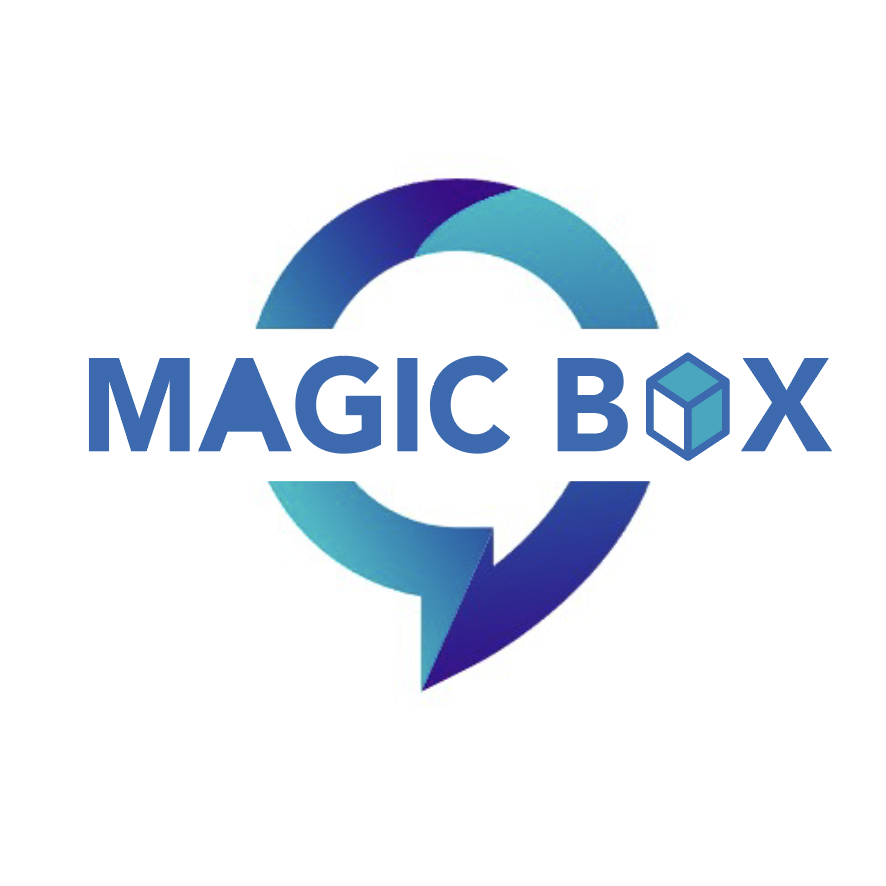Understanding CPU Bottleneck and PC Bottleneck: A Complete Guide

Introduction
When building or upgrading a computer, many people focus on getting the most powerful graphics card, a large amount of RAM, or fast storage. However, what often goes unnoticed is the balance between different hardware components. This balance is critical because if one component is significantly slower than the others, it can create a bottleneck. A bottleneck limits the overall performance of the computer, no matter how advanced the rest of the hardware is.
Two of the most common forms of performance limitation are CPU bottleneck and PC bottleneck. While the CPU bottleneck is specific to the processor, the term PC bottleneck refers to the broader mismatch among various components of the system. In this article, we will explore what these bottlenecks mean, how they occur, their symptoms, and how to minimize them.
What Is a Bottleneck in Computing?
In computing, a bottleneck occurs when one part of the system cannot keep up with the workload handled by other parts. The term is borrowed from the shape of a bottle—no matter how wide the bottle is, the narrow neck restricts the flow of liquid. Similarly, in a computer, the slowest component determines the speed of the overall system.
For example, if you pair a powerful graphics card with a very old processor, the CPU will not be able to process instructions fast enough to keep up with the GPU. This results in lost potential performance because the GPU is waiting for the CPU to finish its work.
What Is a CPU Bottleneck?
A CPU bottleneck occurs when the processor cannot handle the demands of a particular task as quickly as the other components, especially the graphics card. Since the CPU is responsible for calculations, instructions, and managing processes, if it falls behind, the overall performance drops.
Example of CPU Bottleneck
Imagine running a modern AAA video game with high-quality graphics on a system with an advanced GPU but an outdated quad-core CPU. The GPU is capable of producing high frame rates, but the CPU cannot process game logic, physics, and AI quickly enough. As a result, the game stutters or runs at lower frames per second (FPS) than the GPU should be capable of delivering.
Causes of CPU Bottleneck
Several factors can lead to a CPU bottleneck:
-
Old or Low-Performance CPU
If the CPU has fewer cores, lower clock speed, or lacks modern architecture, it may struggle to keep up with newer components. -
High-End GPU Pairing
Pairing a budget or mid-range CPU with a powerful graphics card (like an RTX 4090) almost guarantees a CPU bottleneck in demanding applications. -
Software Optimization
Some applications or games are heavily dependent on CPU performance. Poor optimization may cause the CPU to do more work than expected. -
Background Processes
Excessive background tasks consume CPU cycles, leaving fewer resources for the main workload.
Symptoms of a CPU Bottleneck
Identifying a CPU bottleneck is important for troubleshooting. Common signs include:
-
High CPU usage (close to 100%) while the GPU usage remains relatively low.
-
Reduced frame rates in games despite having a powerful graphics card.
-
System stuttering, input lag, or slow response times.
-
Fans running loudly as the CPU is constantly under heavy load.
What Is a PC Bottleneck?
Unlike CPU bottleneck, a PC bottleneck is a broader concept that refers to performance limitations caused by any mismatch among hardware components. This can involve the CPU, GPU, RAM, or even storage devices. Essentially, if one component is much weaker than the others, it creates a chain reaction that reduces overall system efficiency.
Common Types of PC Bottlenecks
-
GPU Bottleneck
Happens when the graphics card cannot keep up with the CPU. For example, using an entry-level GPU with a high-end processor results in poor gaming visuals because the GPU is maxed out. -
RAM Bottleneck
If your system has too little RAM or very slow memory, it can cause performance slowdowns, crashes, or long loading times. -
Storage Bottleneck
Using a traditional hard disk drive (HDD) instead of a solid-state drive (SSD) leads to longer boot times, slower file access, and reduced responsiveness. -
Power Supply Bottleneck
An underpowered or unstable power supply unit (PSU) can prevent components from running at their maximum performance. -
Thermal Bottleneck
Overheating causes components to throttle (reduce speed) to protect themselves, resulting in decreased performance.
How to Identify a Bottleneck
To identify whether your PC is facing a bottleneck, you can use software tools like:
-
Task Manager (Windows): Shows CPU, GPU, RAM, and disk usage.
-
MSI Afterburner: Monitors real-time CPU and GPU usage while gaming.
-
HWMonitor: Tracks temperatures and loads.
If one component is consistently maxed out while others are underutilized, that component is likely the bottleneck.
How to Reduce CPU Bottleneck
While bottlenecks cannot always be eliminated, they can often be minimized:
-
Upgrade the CPU
The most direct solution is to invest in a faster processor with more cores and threads. -
Lower In-Game Settings
Adjust settings that rely on CPU calculations, such as draw distance, shadows, or physics. -
Overclock the CPU
If supported, carefully increasing clock speed can provide extra performance. -
Optimize Background Processes
Closing unnecessary apps reduces the CPU workload. -
Match Components Wisely
When building or upgrading, ensure the CPU is balanced with the GPU and other hardware.
How to Prevent a PC Bottleneck
For overall system balance, consider the following:
-
Choose Matching Components: Pair mid-range CPUs with mid-range GPUs, and high-end CPUs with high-end GPUs.
-
Sufficient RAM: For modern tasks, at least 16 GB of RAM is recommended.
-
Use SSD Storage: An SSD ensures faster boot times and application loading.
-
Cooling Solutions: Invest in proper cooling to avoid thermal throttling.
-
Quality PSU: A reliable power supply prevents instability and underperformance.
CPU Bottleneck vs. PC Bottleneck: The Difference
While both terms are related, the difference lies in their scope:
-
CPU Bottleneck is specific to situations where the processor is the limiting factor.
-
PC Bottleneck refers to any component, including the CPU, GPU, RAM, storage, or even cooling, that restricts performance.
Understanding this difference helps users identify and address the exact source of the problem.
Conclusion
Bottlenecks are a natural part of computing, especially as technology advances and hardware components evolve at different speeds. A CPU bottleneck specifically limits performance due to the processor, while a PC bottleneck is a broader concept that can involve multiple components.
The key to avoiding severe bottlenecks is building a balanced system where each component complements the others. By monitoring performance, upgrading wisely, and optimizing settings, users can minimize the negative effects of bottlenecks and ensure smoother, more efficient computing experiences.
For more information.



